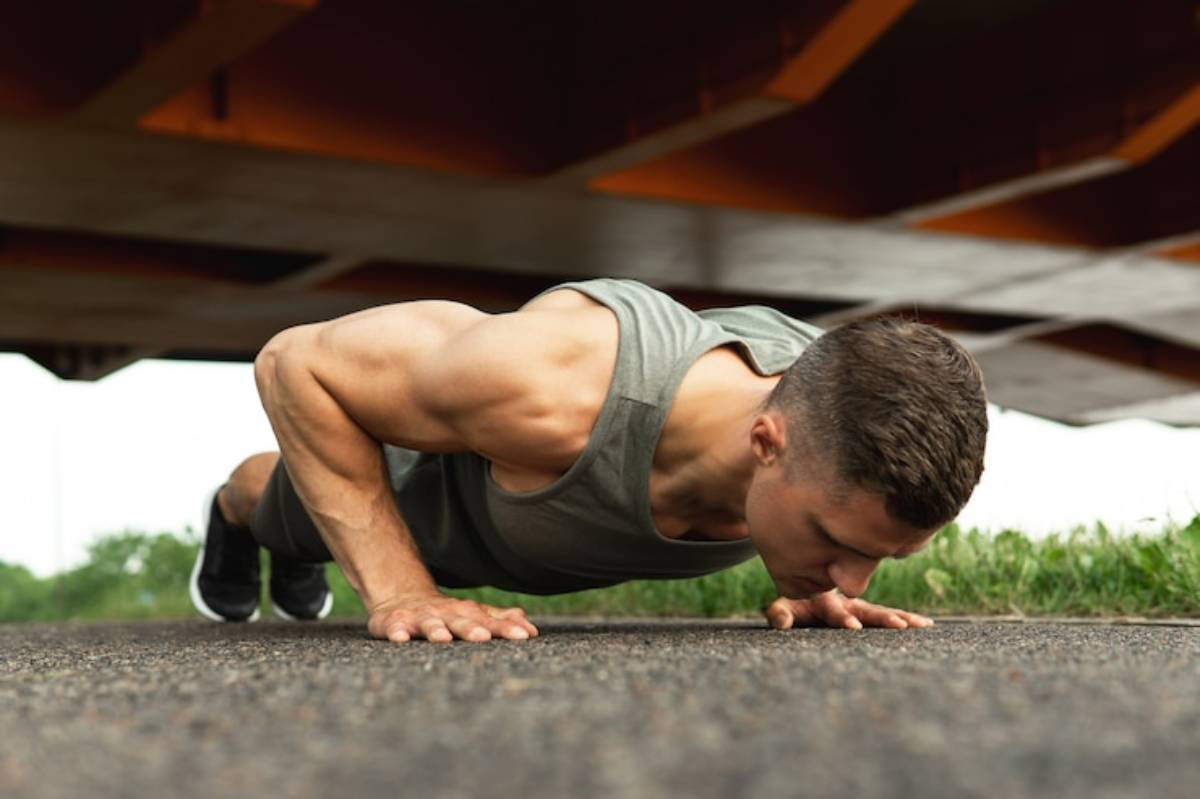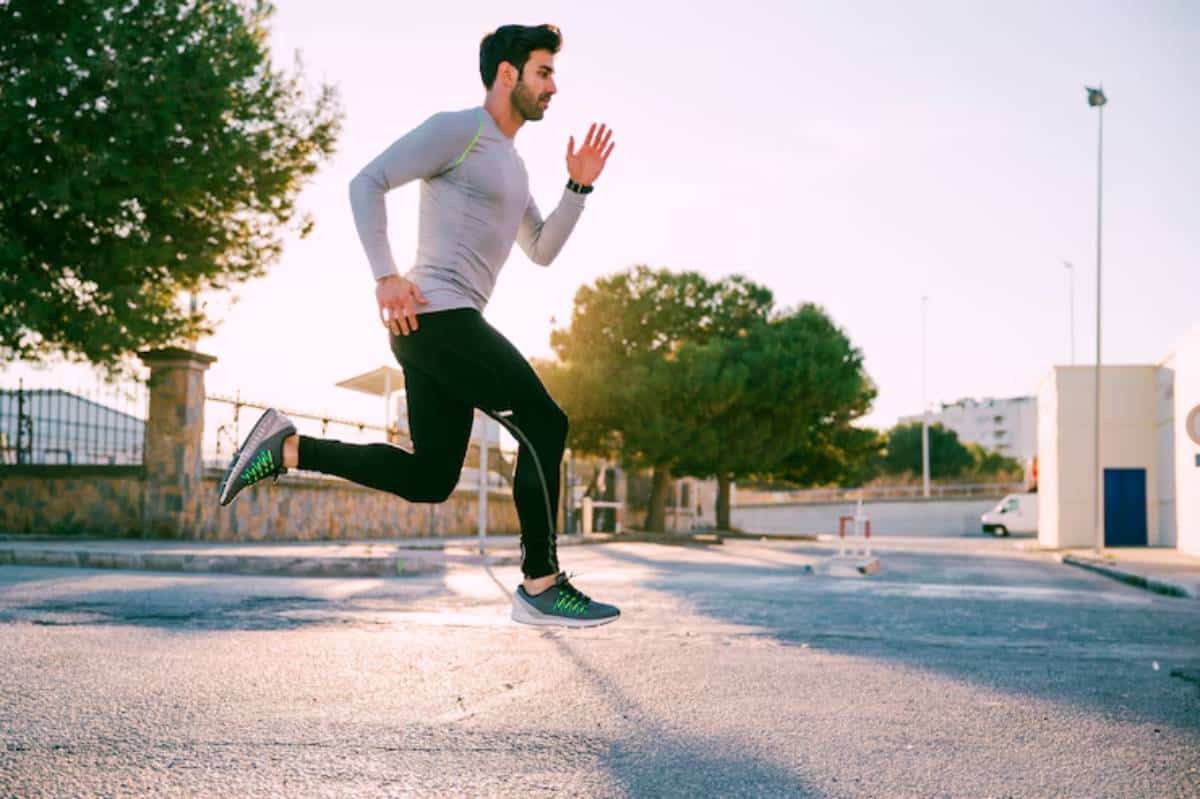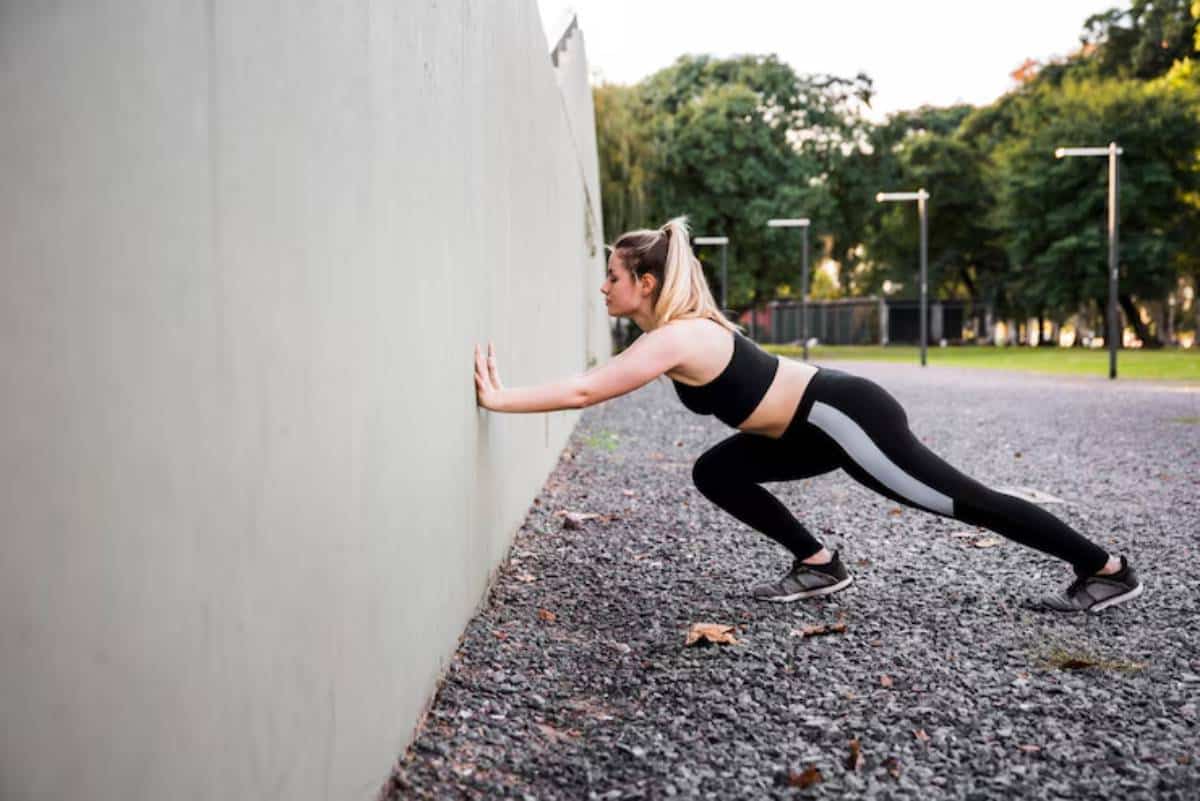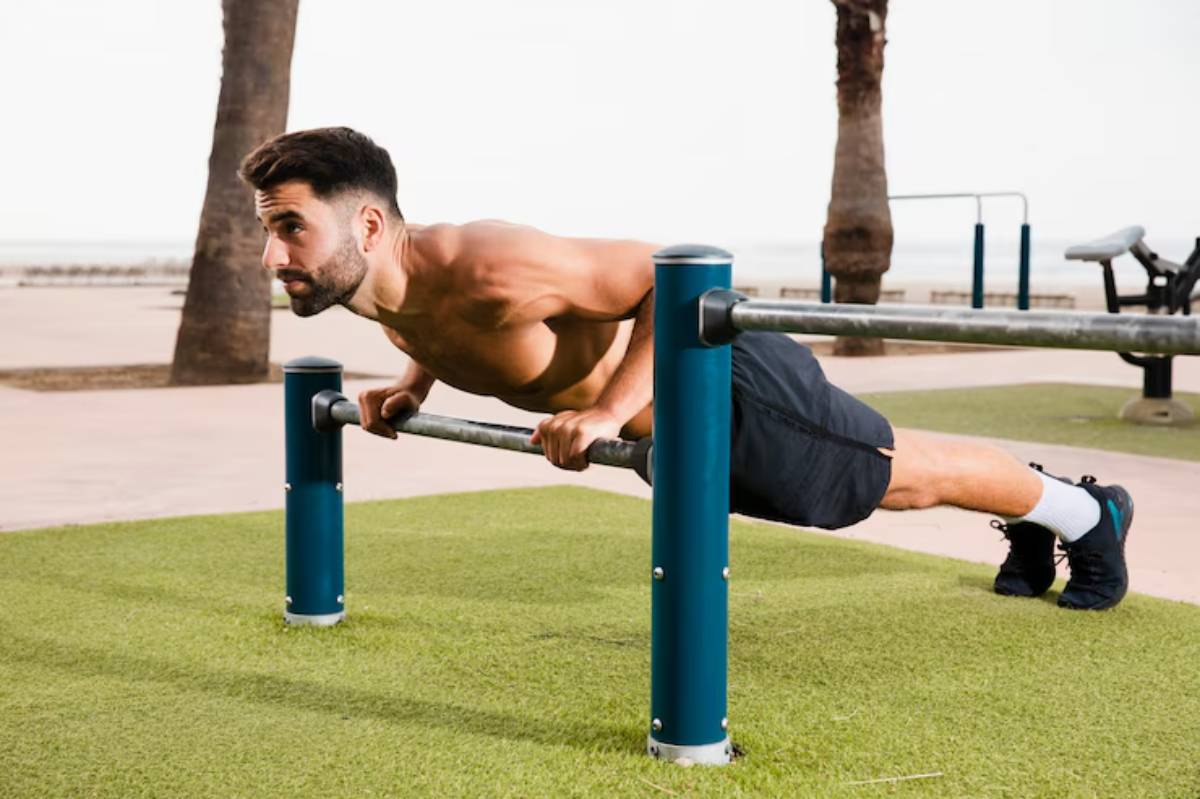
Top Callisthenics Skills for Strength and Control
Ever admired someone gliding through the air on a set of bars, holding themselves in a gravity-defying pose? That’s the magic of callisthenics strength in action — a blend of power, control, and body mastery. And guess what? You don’t need to be a gymnast to start building these skills.
Callisthenics, often associated with street workout skills, is all about using your bodyweight to develop strength, mobility, and coordination. Think push-ups, pull-ups, and muscle-ups — no fancy equipment, just raw, functional movement. But beyond the basics, callisthenics offers a playground of beginner-friendly moves that lay the foundation for impressive feats.
In this guide, you’ll explore essential callisthenics skills that help you build strength and control from the ground up. Whether you’re brand new or looking to refine your technique, these moves will help you move better, feel stronger, and maybe even inspire your next park workout.
What Is Callisthenics?
At its core, callisthenics is a form of bodyweight strength training. Instead of lifting weights, you move your body through different planes of motion, developing functional strength and body control.
From ancient Greece to modern street workouts, callisthenics has stood the test of time. The name itself comes from the Greek words kallos (beauty) and sthenos (strength) — pretty fitting, right?
Why Callisthenics?
- Accessible: You can practise it anywhere — no gym required.
- Functional strength: Builds power that translates to everyday movement.
- Improves mobility: Enhances flexibility and joint health.
- Builds body control: Helps you move with precision and coordination.
Whether your goal is to hold a plank for longer, master a pull-up, or progress toward advanced moves like muscle-ups, callisthenics gives you the tools.
Why Start With Beginner Callisthenics Moves?
The impressive moves you see on Instagram — like human flags or planches — didn’t happen overnight. They’re built on foundational skills that develop strength, control, and mobility.
Starting with beginner callisthenics moves ensures:
- Proper technique: Learn the right form early on.
- Progressive overload: Safely challenge your muscles as you grow stronger.
- Balanced strength: Develop all major muscle groups, not just the showy ones.
Think of it like building a house. Without a solid foundation, the upper levels crumble. The same goes for callisthenic strength.
The Essential Street Workout Skills for Beginners
Let’s dive into the top beginner callisthenics moves that will build your street workout skills and set you up for long-term success.
1. Push-Ups
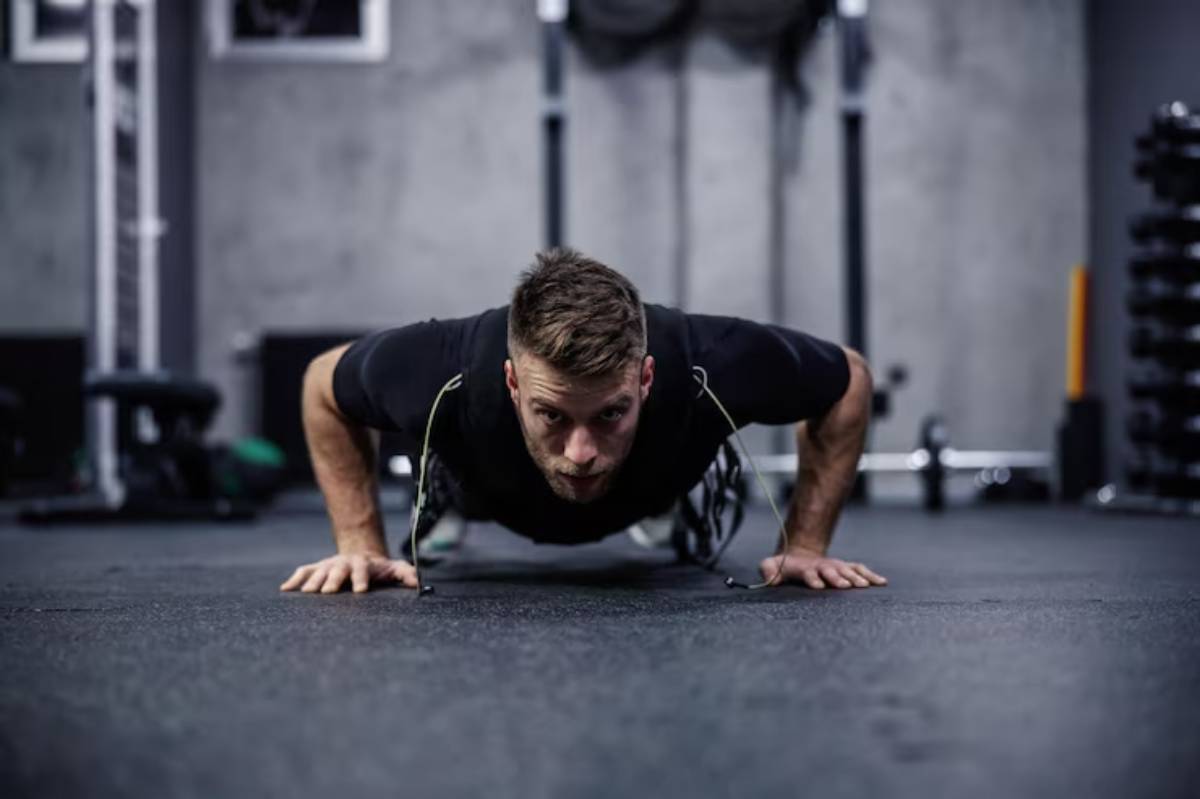
- Targets: Chest, shoulders, triceps, core.
- Why it matters: Push-ups are the bread and butter of bodyweight strength.
How to do it:
- Start in a high plank, hands under shoulders.
- Lower your body, keeping your elbows close to your ribs.
- Press back up, maintaining a straight line from head to heels.
Reps: 3 sets of 8–15.
Variation: Struggle with full push-ups? Start with knee push-ups or incline push-ups.
2. Australian Rows (Bodyweight Rows)
- Targets: Upper back, biceps, grip strength.
- Why it matters: Strengthens pulling muscles, essential for pull-ups.
How to do it:
- Use a low bar or rings. Hang underneath, arms extended.
- Pull your chest towards the bar, keeping your body straight.
- Lower slowly.
Reps: 3 sets of 8–12.
3. Squats
- Targets: Quads, hamstrings, glutes, core.
- Why it matters: Develops lower body strength and mobility.
How to do it:
- Stand with feet shoulder-width apart.
- Lower your hips, keeping your chest upright and knees tracking over toes.
- Drive through your heels to stand.
Reps: 3 sets of 12–15.
Variation: Work towards pistol squats (single-leg squats) for advanced strength and balance.
4. Hollow Body Hold
- Targets: Core, hip flexors, shoulders.
- Why it matters: Builds core stability crucial for all callisthenics skills.
How to do it:
- Lie on your back, arms extended overhead.
- Lift your shoulders and legs off the floor, keeping your lower back pressed down.
- Hold.
Hold time: 20–40 seconds.
5. Plank
- Targets: Core, shoulders, glutes.
- Why it matters: Teaches full-body tension and builds endurance.
How to do it:
- Forearms on the floor, elbows under shoulders.
- Feet hip-width apart, body in a straight line.
- Engage your core and hold.
Hold time: 30–60 seconds.
6. Negative Pull-Ups
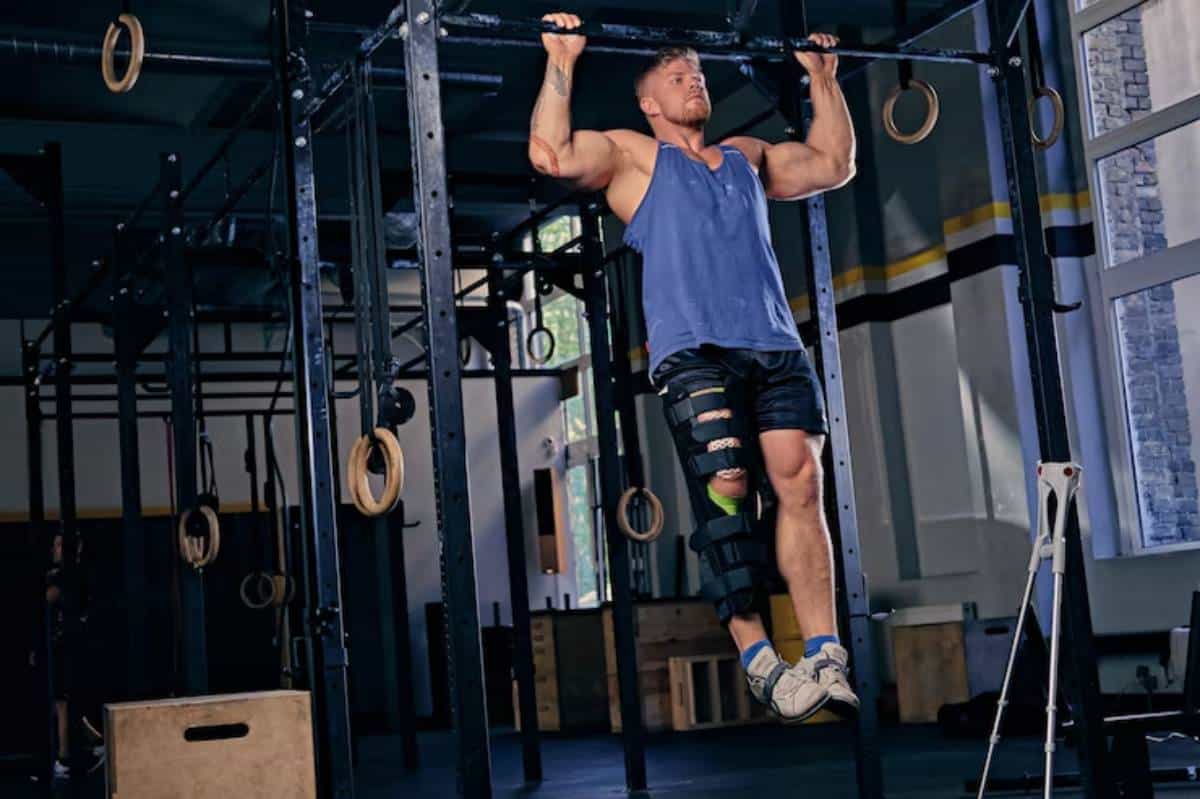
- Targets: Lats, biceps, grip strength.
- Why it matters: Builds pulling strength for full pull-ups.
How to do it:
- Use a bar. Jump or step up to get your chin over the bar.
- Slowly lower yourself down, taking 3–5 seconds.
Reps: 3 sets of 5–8.
7. Wall Handstand Hold
- Targets: Shoulders, upper back, core.
- Why it matters: Develops overhead strength and balance.
How to do it:
- Kick up into a handstand against a wall.
- Keep your body aligned and core tight.
Hold time: 20–40 seconds.
Variation: Practice pike handstands (hips above shoulders, feet on a box) for a scaled version.
Structuring Your Beginner Callisthenics Routine
Here’s a sample street workout to build callisthenics strength and refine your skills:
| Exercise | Reps/Time | Sets |
| Push-Ups | 10–15 | 3 |
| Australian Rows | 8–12 | 3 |
| Squats | 12–15 | 3 |
| Hollow Body Hold | 30 seconds | 3 |
| Plank | 45 seconds | 3 |
| Negative Pull-Ups | 5–8 | 3 |
| Wall Handstand Hold | 30 seconds | 3 |
Rest: 30–60 seconds between exercises.
Frequency: Aim for 3 sessions per week, allowing for rest and recovery.
Progression Tips for Callisthenics Strength
To advance your street workout skills:
- Increase reps or hold time: Gradually challenge your muscles.
- Change leverage: For example, elevate your feet in push-ups.
- Add new moves: Work towards skills like dips, pistol squats, or muscle-ups.
- Focus on mobility: Stretch regularly to improve range of motion and prevent injury.
Common Mistakes and How to Avoid Them
- Skipping basics: Master beginner callisthenics moves before progressing.
- Rushing progress: Give your body time to adapt and avoid burnout.
- Neglecting form: Always prioritise technique over reps.
Conclusion: Build Strength and Control With Callisthenics
Building callisthenics strength isn’t about rushing to advanced moves — it’s about mastering control, endurance, and mobility at every stage. These beginner callisthenics moves provide the foundation for impressive street workout skills, enhancing both your performance and everyday function.
Ready to explore your body’s full potential? Start with these essential drills, stay consistent, and watch your strength and control soar. Have questions or a success story to share? Drop it in the comments below! And if this guide helped you, share it with a friend keen on levelling up their callisthenics journey.
